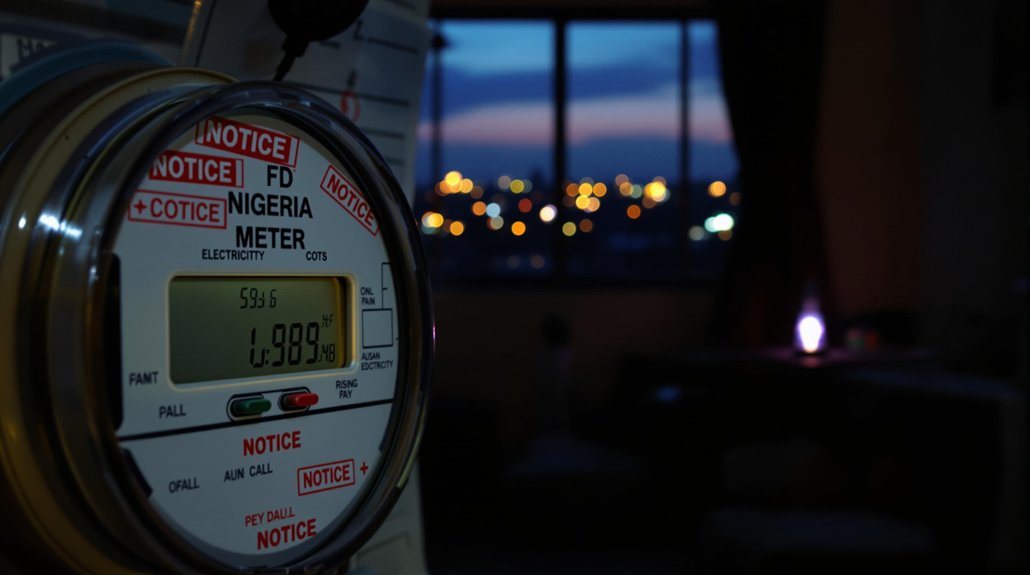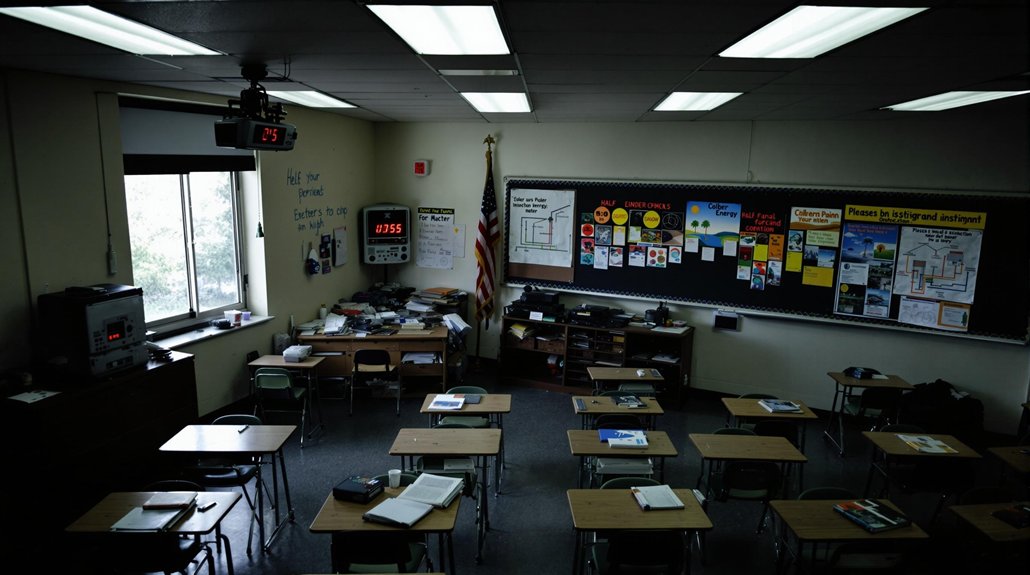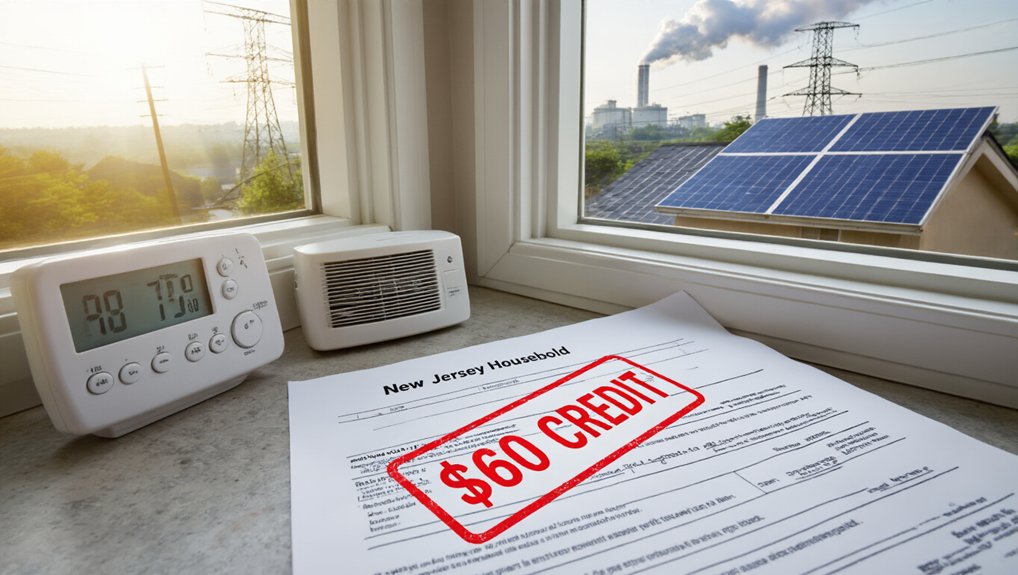Nigeria has cut electricity subsidies by 35%, primarily affecting high-consumption users. Only 15% of customers will see higher bills, with rates jumping from NGN66/kWh to NGN225/kWh. The remaining 85%, mostly low-income households, will continue receiving government support. The cuts are expected to save over N1.1 trillion annually and have boosted electricity market revenue by 70%. The reform aims to improve the sector’s financial health while protecting vulnerable consumers.
Nigeria has cut electricity subsidies by 35% as part of major fiscal reforms targeting high-consumption users. The reform affects about 15% of customers, mainly businesses and households that use large amounts of electricity. Before these changes, the government spent around N200 billion ($125 million) each month on subsidies.
The tariff increases began in late 2024 and continued into early 2025. These changes have boosted electricity market revenue by 70%, generating an additional N700 billion. The government will save over N1.1 trillion annually from the subsidy reduction.
Most Nigerians won’t feel the impact directly. About 85% of consumers, typically those with lower incomes and less electricity usage, will continue receiving some government support. The Multi-Year Tariff Order focuses on making higher-usage customers pay rates that better reflect actual costs.
Nigeria’s power sector has faced ongoing challenges. The country has an installed generation capacity of about 13,000 MW, but usually delivers only a third of this potential. Band A consumers now pay NGN225/kWh instead of the previous NGN66/kWh rate. Frequent outages force many to rely on expensive backup generators. Problems like gas shortages, grid damage, and unpaid bills make the situation worse.
The electricity sector’s financial health is improving with these reforms. The tariff shortfall has decreased from N3 trillion to N1.9 trillion. Distribution companies can now recover more of their operational costs and make better payments to power generators. The government plans to settle half of the historic sector debts using budget allocations and promissory notes.
Despite progress, concerns remain that some middle-income households might struggle with higher monthly bills. The $500 million DRE Nigeria Fund was recently introduced to support renewable energy projects as an alternative to grid power. The transition to renewables could bring significant job creation while reducing dependence on fossil fuels. The government has budgeted N2.36 trillion for 2025 to continue subsidizing electricity for low-income users. Renewable energy implementation could help overcome intermittency issues that plague Nigeria’s current power infrastructure.
The Nigerian Electricity Regulatory Commission regularly reviews the tariff structure to balance financial sustainability with consumer protection. While the reforms have eased budgetary pressure, the sector remains vulnerable to economic fluctuations and inflation.
References
- https://www.enerdata.net/publications/daily-energy-news/nigeria-cuts-electricity-subsidies-35-through-tariff-increase.html
- https://www.power-technology.com/news/nigeria-electricity-subsidies-35-tariff/
- https://energynews.oedigital.com/energy-markets/2025/04/17/nigeria-reduces-electricity-subsidies-by-35-following-tariff-hike
- https://leadership.ng/tariff-reforms-slashed-subsidy-by-n1-1trn-adelabu/
- https://punchng.com/?p=1798746








